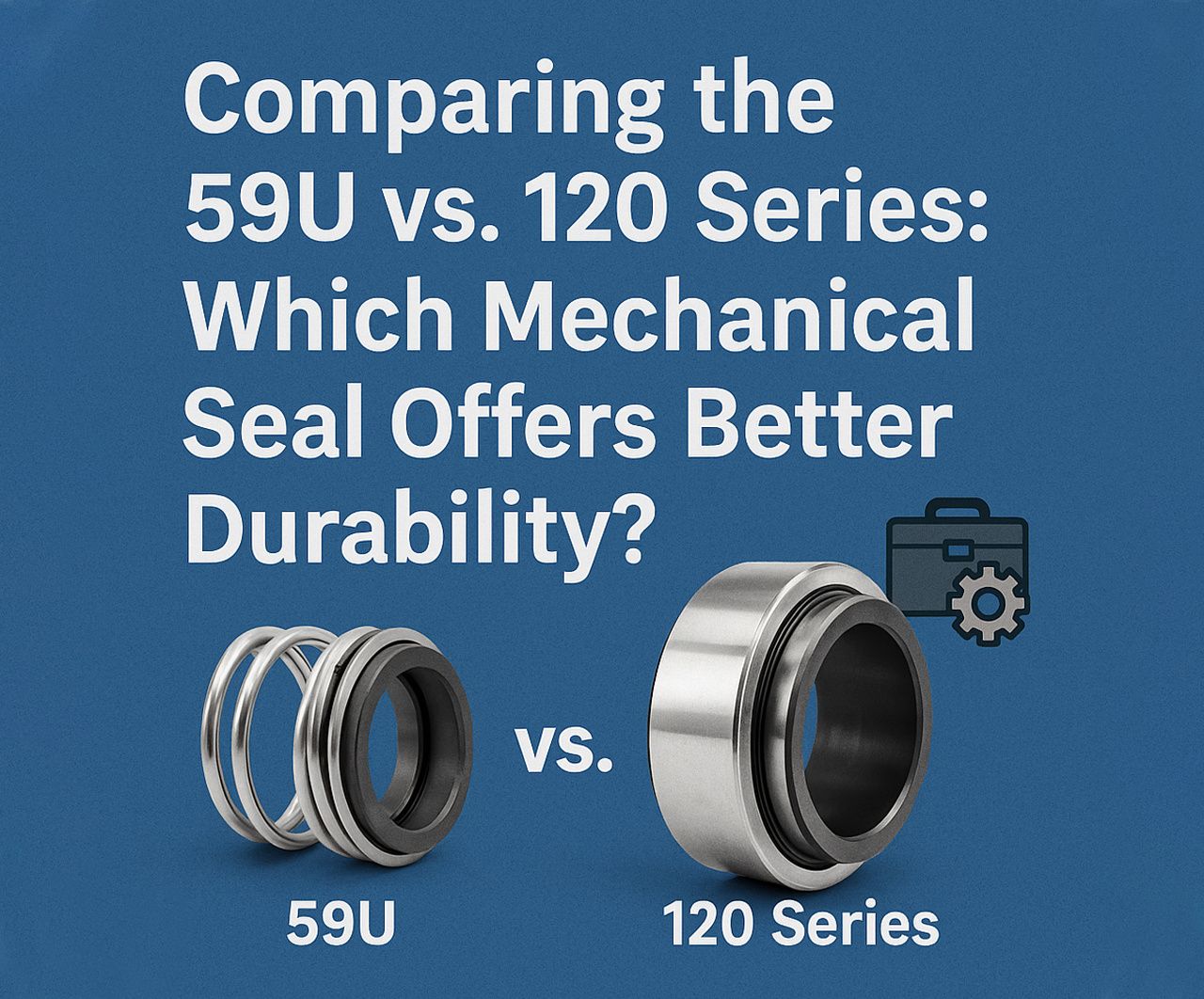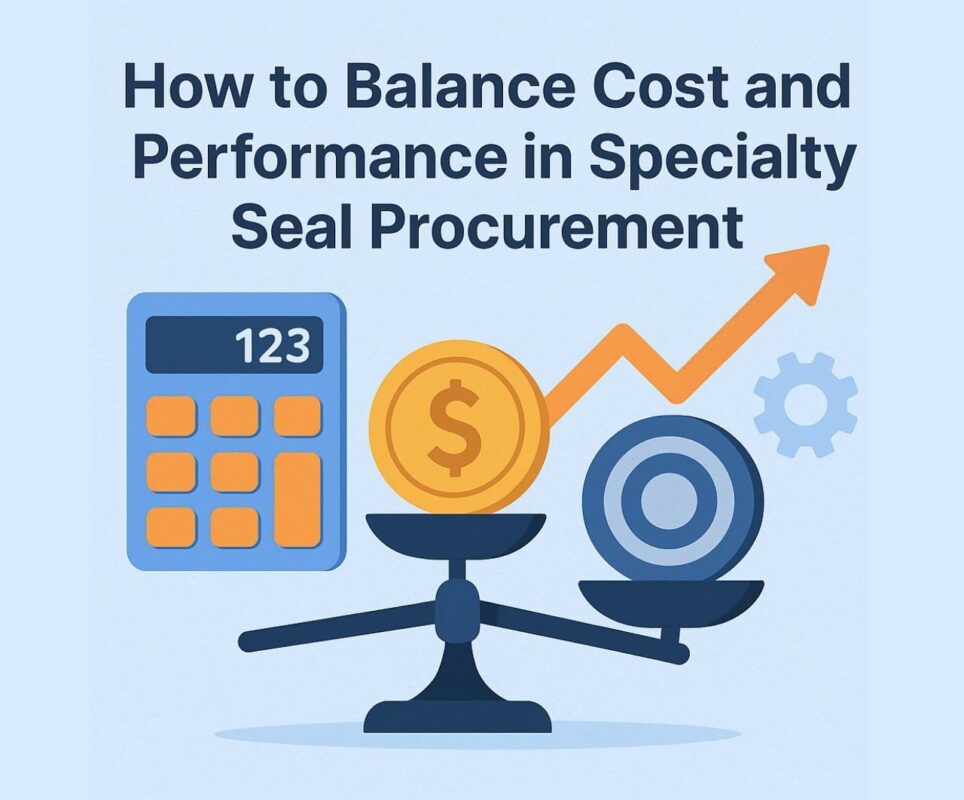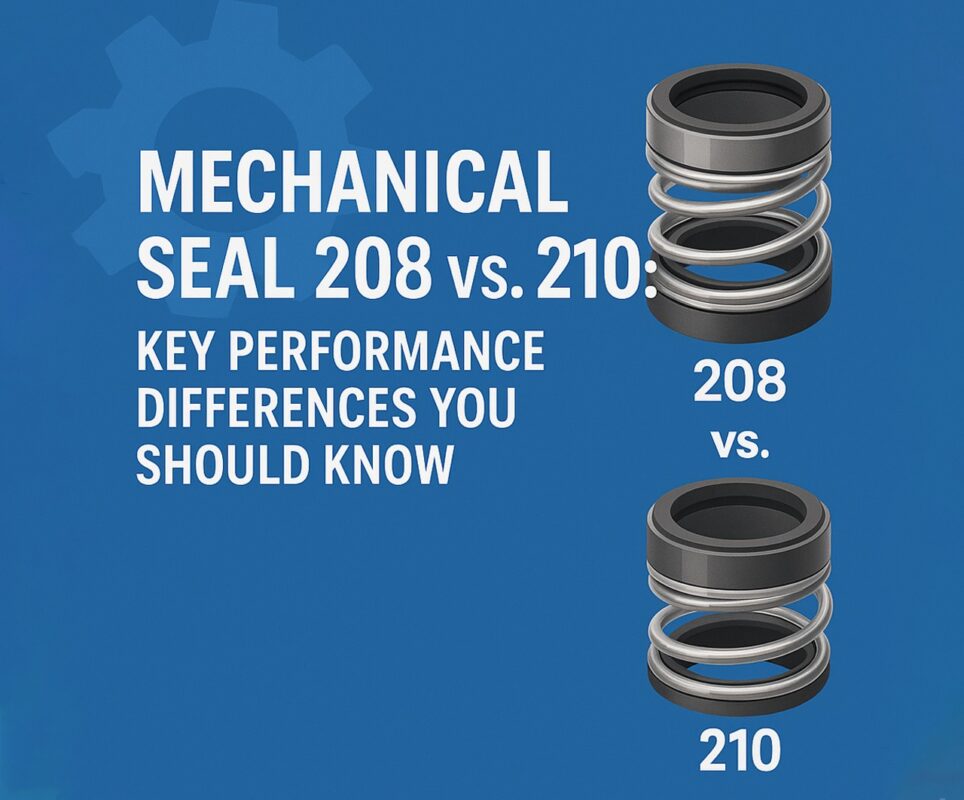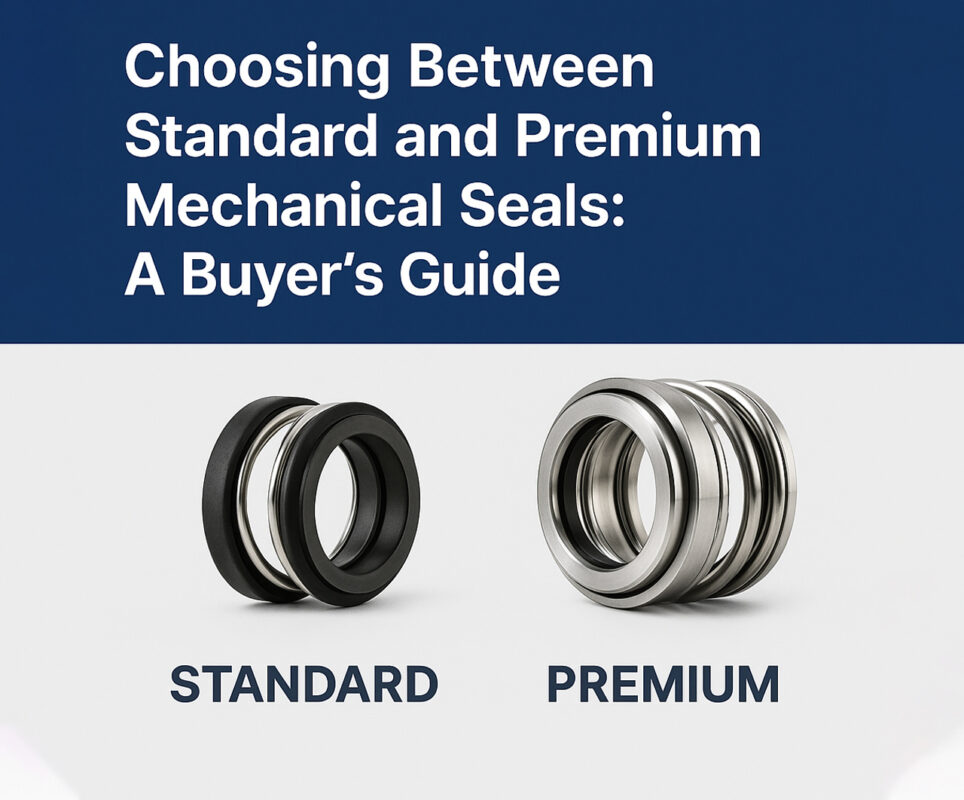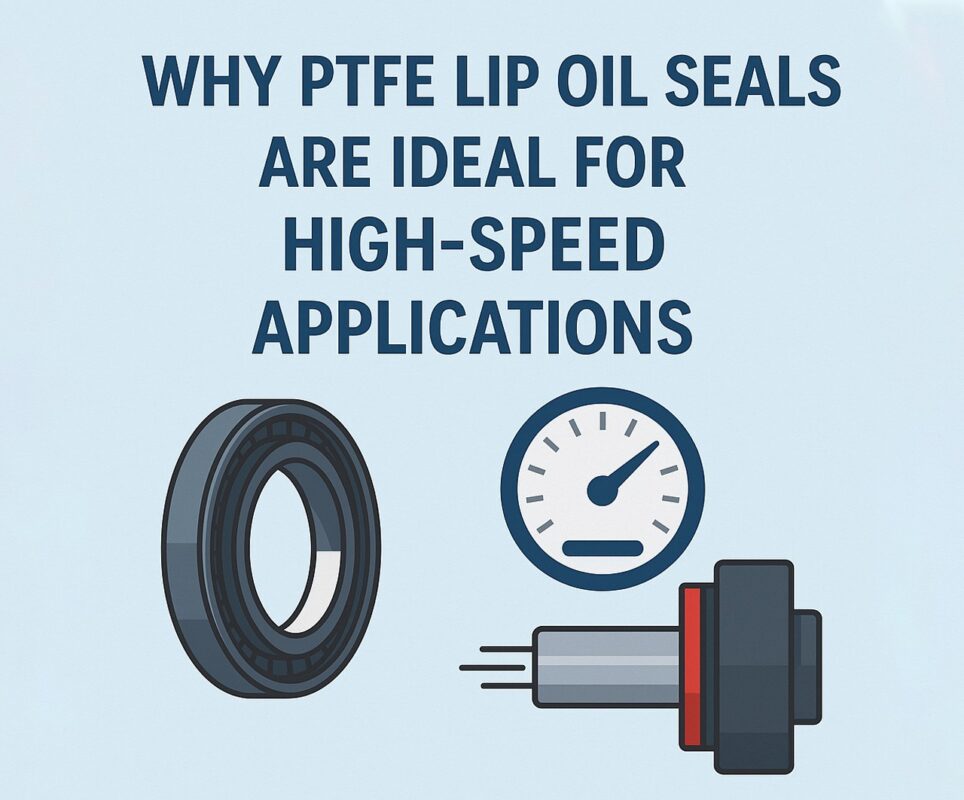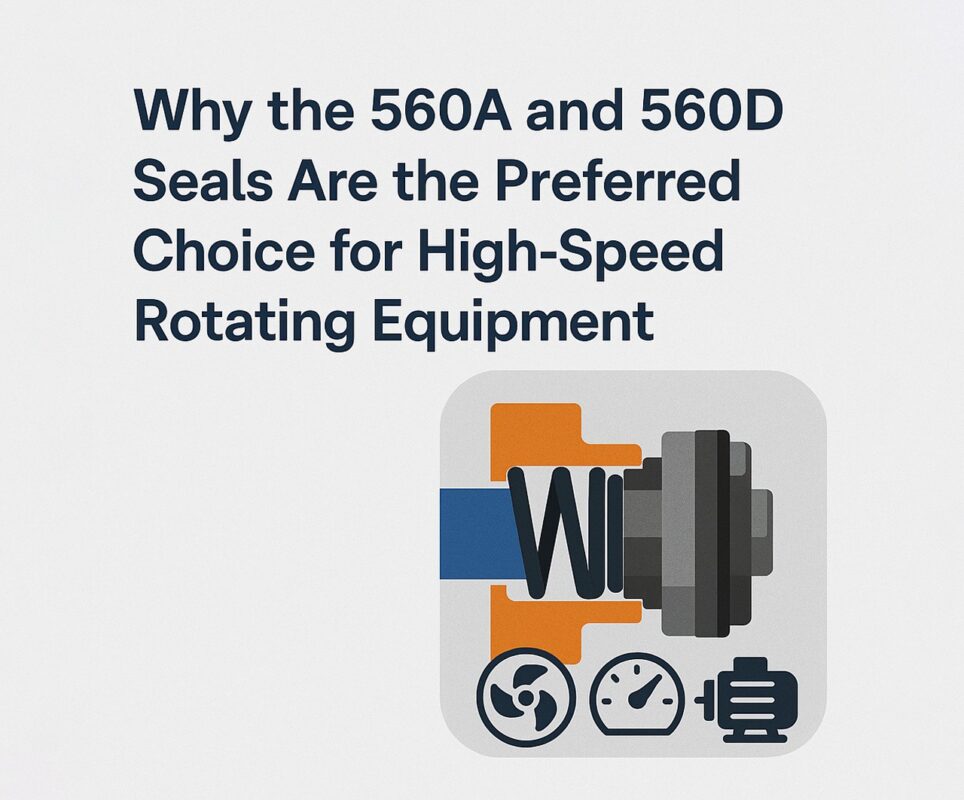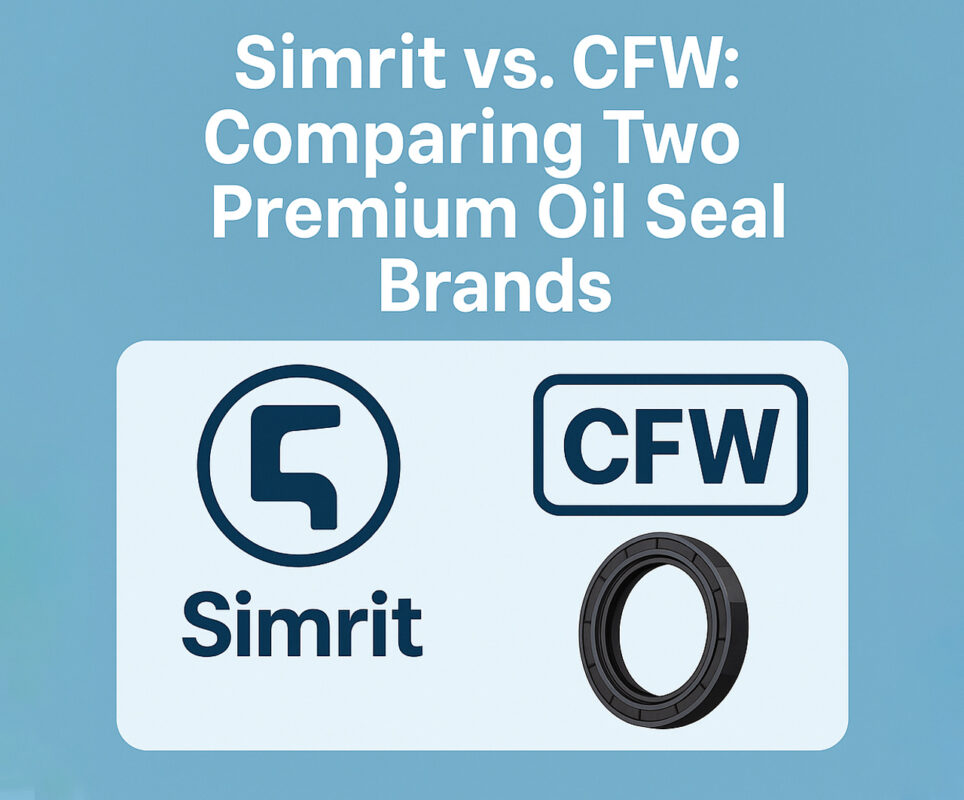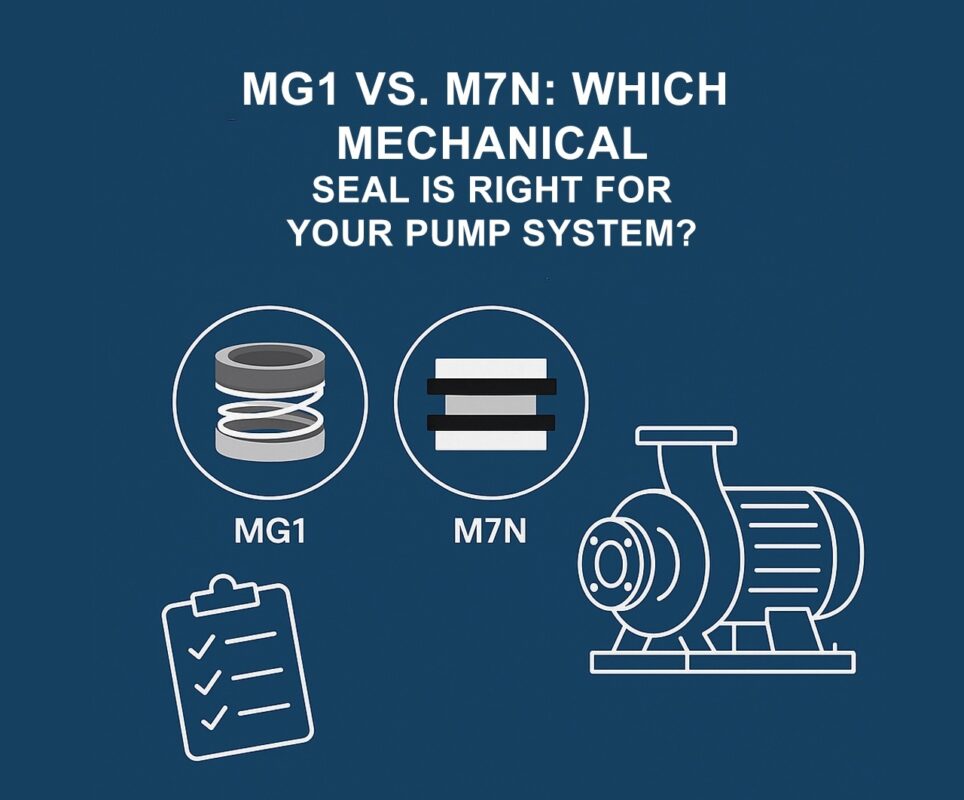In harsh industrial environments—especially those involving abrasive media, high-pressure pumps, or freezing temperatures—the reliability of seals, the resilience of wearrings, and the performance of solutions like the Arctic Seal series become critical. When it comes to choosing the right mechanical seal, two contenders often surface in maintenance and engineering conversations: the 59U and the 120 Series. But which one truly offers better durability? That depends on your application, budget, and long-term performance expectations.
In this article, we explore how these two mechanical seal series stack up in terms of wear resistance, environmental compatibility, maintenance needs, and total lifecycle cost. With a spotlight on seals, wearrings, and high-performance options like the Arctic Seal, we’ll help you understand which solution might be best for your industrial application. Know more..
Overview: What Are the 59U and 120 Series?
Before we dive into side-by-side comparisons, let’s establish what each series is designed for.
The 59U Mechanical Seal
The 59U is a widely used unbalanced mechanical seal known for its versatility and ease of installation. Designed for general-purpose use, it performs well under moderate pressure and clean operating conditions.
Key Features:
- Unbalanced single-spring design
- Carbon vs. ceramic seal faces
- Used in light-duty pumps
- Ideal for water, light chemicals, and oil-based fluids
The 120 Series Mechanical Seal
On the other hand, the 120 Series is engineered for robustness. Often deployed in slurry pumps or aggressive chemical environments, this seal is all about withstanding wear, abrasion, and pressure spikes.
Key Features:
- Balanced construction for high-pressure applications
- Tungsten carbide or silicon carbide faces
- Multiple spring or bellows design
- Compatible with Arctic Seal configurations for sub-zero performance
Materials and Wearring Resilience
Wearrings are a key component that support and stabilize the shaft within the pump or agitator assembly. These components prevent metal-on-metal contact and reduce axial movement, directly influencing seal life.
59U Series Material Profile:
- Typically uses elastomeric bellows
- Common materials: Buna, EPDM, Viton
- Seal faces: Carbon vs. Ceramic (low abrasion resistance)
120 Series Material Profile:
- Uses metallic or composite bellows
- Seal faces: Tungsten Carbide or Silicon Carbide
- Optional coatings for chemical compatibility
- High-grade wearrings available for abrasive conditions
Verdict: The 120 Series outperforms the 59U in both seal face durability and wearring strength, especially in chemically aggressive or abrasive environments.
Sealing Performance in Extreme Conditions
Applications in mining, oil refining, or food processing often involve variable pressure, slurry content, and temperature swings. In such cases, the seal’s ability to remain tight and leak-free is critical.
59U Performance:
- Effective up to 10 bar
- Max temp: 120°C
- Works best in clean media
120 Series Performance:
- Pressure rating: up to 25 bar
- Max temp: 200°C
- Works well in dirty, high-viscosity, or abrasive media
- Compatible with Arctic Seal kits for low-temp environments down to -40°C
Verdict: For extreme cold, high pressure, or dirty media, the 120 Series with an Arctic Seal configuration offers superior sealing capacity and long-term performance.
Installation and Maintenance
Seal installation and serviceability can drastically affect uptime and labor costs.
59U:
- Cartridge-free design
- Simple spring loading
- Ideal for manual or field installation
- Low spare part cost
120 Series:
- Often available as a cartridge unit
- Integrated alignment and torque features
- Requires more initial training for installation
- Higher upfront cost, lower long-term servicing
Verdict: While the 59U is easier for smaller operations or quick replacements, the 120 Series shines in environments where downtime is costly.
Compatibility with Arctic Conditions
For industries operating in arctic or sub-zero climates, seal systems need to withstand not only mechanical stress but also temperature-induced shrinkage and brittleness.
The Arctic Seal is a cold-weather-optimized mechanical seal variation that uses special materials and lubrication systems to function at -40°C and below.
- 59U: Limited low-temperature tolerance, not ideal for freezing conditions
- 120 Series with Arctic Seal: Designed to perform in freezing climates with specialized O-rings and metal selection
Verdict: Only the 120 Series supports full Arctic Seal compatibility, making it the better choice for polar, alpine, or deep-sea applications.
Lifecycle and Durability
Let’s break down the expected lifecycle of each seal type:
| Parameter | 59U Series | 120 Series |
| Avg. Service Life | 3,000 – 5,000 hrs | 7,000 – 12,000 hrs |
| Replacement Frequency | Moderate | Low |
| MTBF (Mean Time Between Failures) | Lower | Higher |
| Maintenance Cost | Low upfront, higher over time | Higher upfront, lower over time |
Verdict: When total cost of ownership and long-term durability matter, the 120 Series delivers more value.
Industrial Case Studies
Case 1: Food Processing Plant in Johannesburg
A local plant using 59U seals on its dairy pump systems faced frequent breakdowns due to milk-fat residue and cleaning agents. After switching to the 120 Series, downtime dropped by 60%, and the seals lasted twice as long.
Case 2: Mining Operation in Northern Canada
In a harsh Arctic setting, a slurry pump with a standard seal failed every winter. A 120 Series Arctic Seal survived the freezing temperatures and abrasive media, cutting seal replacements from four times a year to once every 18 months.
Case 3: Chemical Reactor in India
In high-pressure reactors handling solvents and acids, the 59U seals corroded and wore quickly. A 120 Series seal with silicon carbide faces lasted an entire production cycle, saving thousands in unplanned downtime.
Market Availability and Support
Access to spare parts and technical support is key for any maintenance team.
- 59U seals are widely available, often through general distributors
- 120 Series seals are usually handled by specialized suppliers with engineering support
For companies in remote areas, ensuring that wearrings, seals, and Arctic Seal kits are readily available may influence the purchasing decision.
Verdict: While the 59U is easier to source, the 120 Series typically comes with better after-sales support and customization options.
Environmental and Regulatory Considerations
Sustainability and compliance are increasingly important in seal selection.
- 59U seals may use materials not suited for eco-sensitive operations
- 120 Series seals can be configured with FDA, ATEX, and RoHS-compliant materials
Verdict: For industries under strict regulatory compliance, the 120 Series offers more adaptable configurations.
Final Verdict: Which Seal Wins?
| Feature | Winner |
| Material Durability | 120 Series |
| Wearring Compatibility | 120 Series |
| Arctic Seal Use | 120 Series |
| Ease of Installation | 59U Series |
| Cost Efficiency | Depends on long-term use |
| Customization | 120 Series |
Ultimately, your choice depends on your specific application. If you’re running a clean-water pump with mild pressure, the 59U is a budget-friendly and effective option. But if you’re operating in high-pressure, abrasive, or freezing environments, the 120 Series, especially when paired with wearrings and an Arctic Seal configuration, is the clear winner.
Choosing the right seals today means avoiding breakdowns tomorrow. For engineers who want peace of mind and peak performance, investing in the right mechanical seal system is not just smart—it’s essential.

